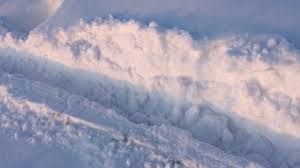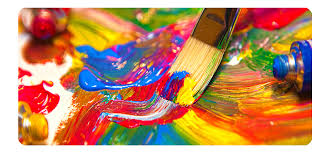different methods
LENINGRAD SCHOOL OF PAINTING (part 4)
 However, in 1928, after a series of publications in the journal Revolution and Culture, edited by N. I. Bukharin, supported by the section of literature and art of the Communist Academy, a new aggravation of the ideological struggle in art began. Realistic traditions and easel art were opposed by new types of creativity (photography, design, cinema), and models of Western modernism were offered as a standard. This had consequences for Vkhutein (as the Academy of Arts was called in 1923). The directors were accused of restoring academism. The dissatisfaction of some teachers and students of the institute was supported by the art groups “Proletariat”, “Circle”, a group of P. N. Filonov, who opposed, among other things, any control in the development of culture in general and the art school in particular. Continue reading
However, in 1928, after a series of publications in the journal Revolution and Culture, edited by N. I. Bukharin, supported by the section of literature and art of the Communist Academy, a new aggravation of the ideological struggle in art began. Realistic traditions and easel art were opposed by new types of creativity (photography, design, cinema), and models of Western modernism were offered as a standard. This had consequences for Vkhutein (as the Academy of Arts was called in 1923). The directors were accused of restoring academism. The dissatisfaction of some teachers and students of the institute was supported by the art groups “Proletariat”, “Circle”, a group of P. N. Filonov, who opposed, among other things, any control in the development of culture in general and the art school in particular. Continue reading
CLASSIFICATION OF WORKS OF THE FINE ART
 Classification of works of art by type, material, technique and genre.
Classification of works of art by type, material, technique and genre.
Works of fine art are divided into the following main types: painting, graphics, sculpture, decorative and applied art. Recently, a fifth can already be added to the traditional four types of fine art – technical arts, which include art photography and computer graphics. Painting, in turn, is divided into easel and monumental. Graphics for drawing, watercolors and printed graphics. The sculpture is round (monumental, easel, small forms) and relief (bas-relief – when less than half the volume emerges from the plane and the relief is more than half). Even more varieties in DPI: ceramics, hot enamel, batik, tapestry, forging, painting on wood, metal, etc. Continue reading
HISTORY OF THE DEVELOPMENT OF THE DUTCH AND FLEMAND STILL LIFE (part 2)
 The developed manufactory, which arose on the basis of marine industries and shipping, a huge colonial economy and a leading role in world trade, provided Holland with an economic upsurge. Natural sciences are being developed to cater for the increased needs of the economy. Culture is blooming. Holland is becoming the center of European typography, and its universities enjoy universal fame. Significant successes are made by fiction, professional Dutch theater appears, outstanding works arise in the field of architecture, graphics flourish, and finally, the most characteristic, specifically Dutch art – painting reaches unprecedented heights.
The developed manufactory, which arose on the basis of marine industries and shipping, a huge colonial economy and a leading role in world trade, provided Holland with an economic upsurge. Natural sciences are being developed to cater for the increased needs of the economy. Culture is blooming. Holland is becoming the center of European typography, and its universities enjoy universal fame. Significant successes are made by fiction, professional Dutch theater appears, outstanding works arise in the field of architecture, graphics flourish, and finally, the most characteristic, specifically Dutch art – painting reaches unprecedented heights.
We pay tribute to the brave Dutch seafarers, respect the achievements of Dutch opticians and doctors, philosophers and lawyers, but Dutch painters have overshadowed their glory for centuries. Continue reading




